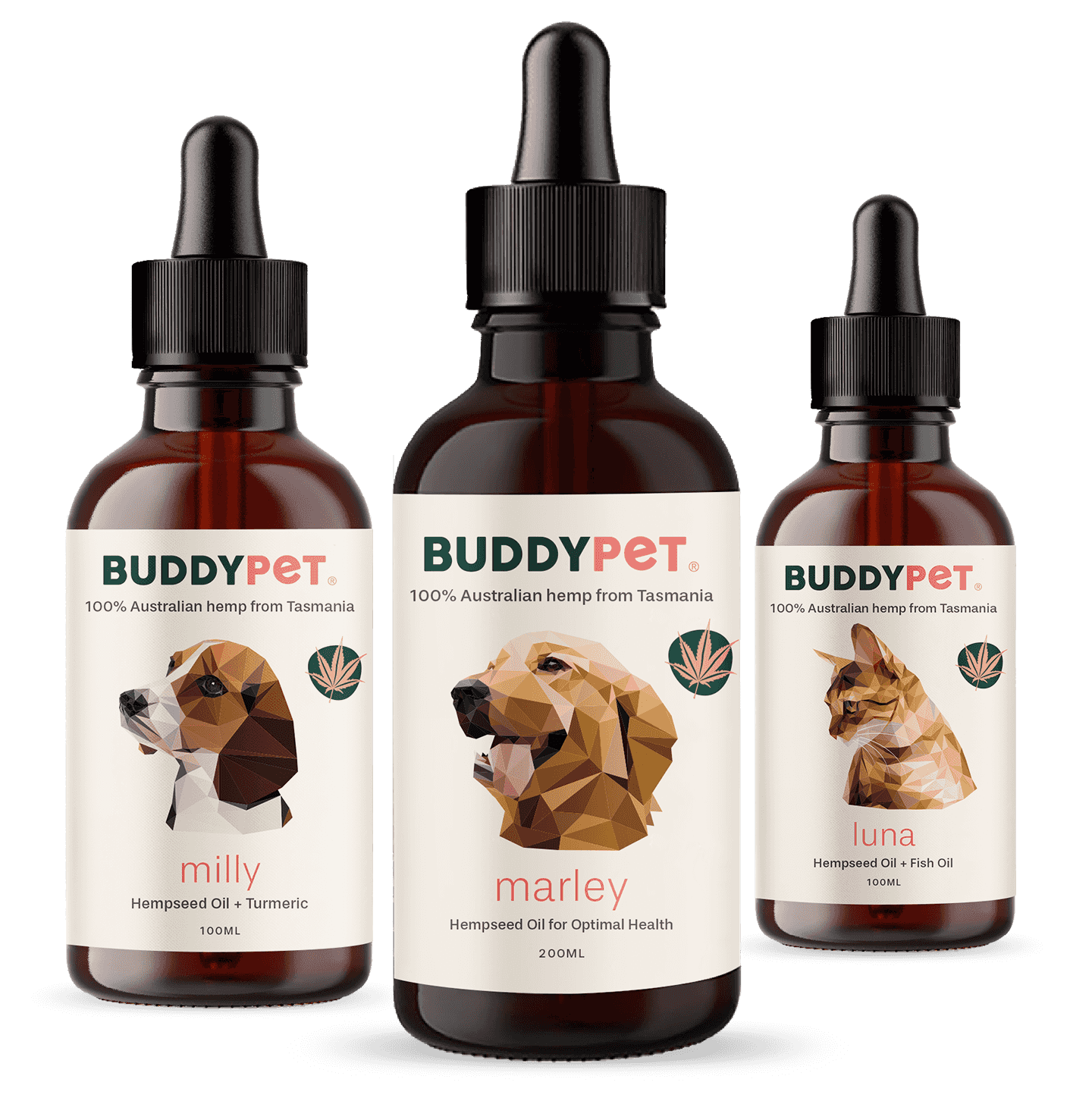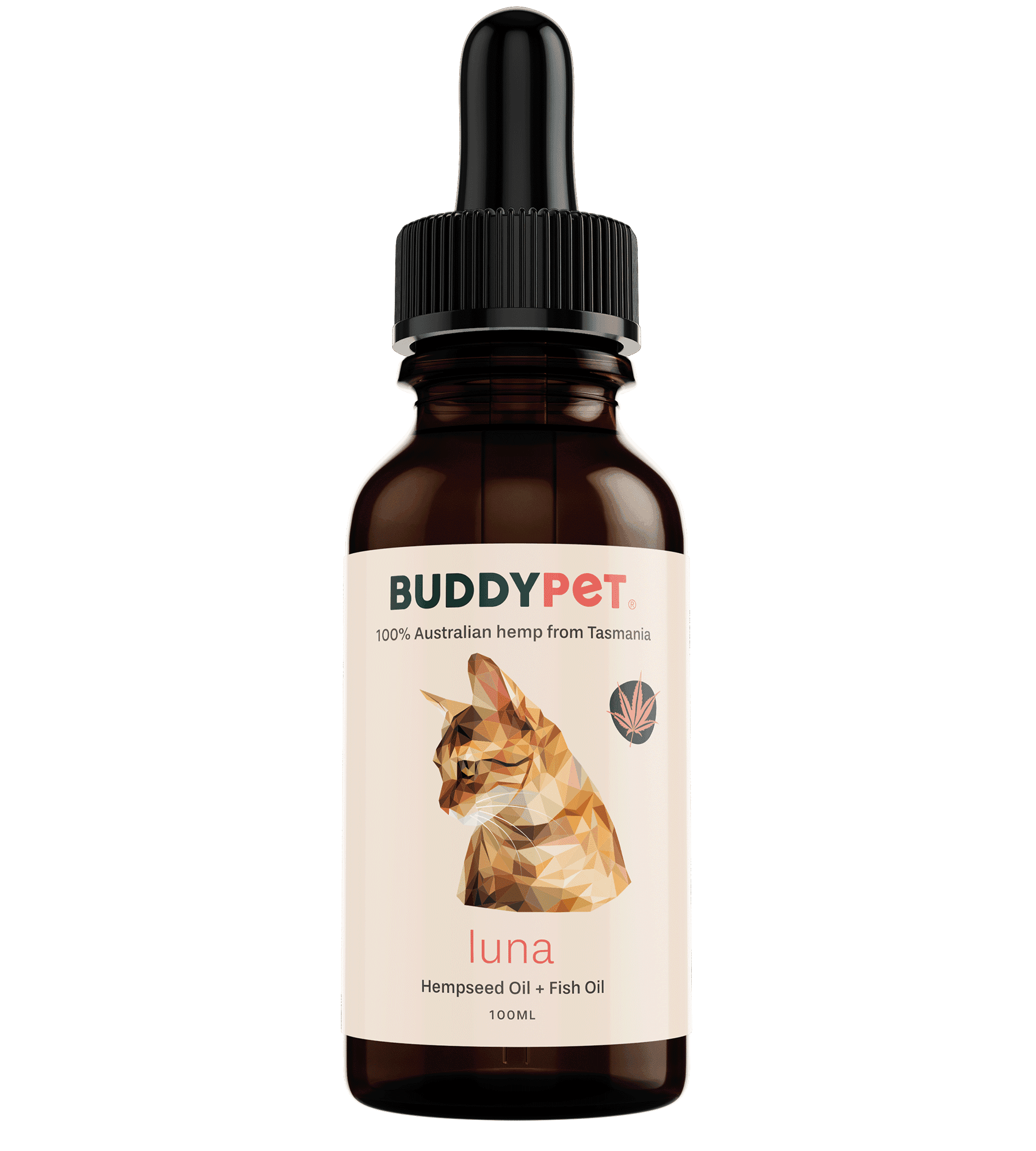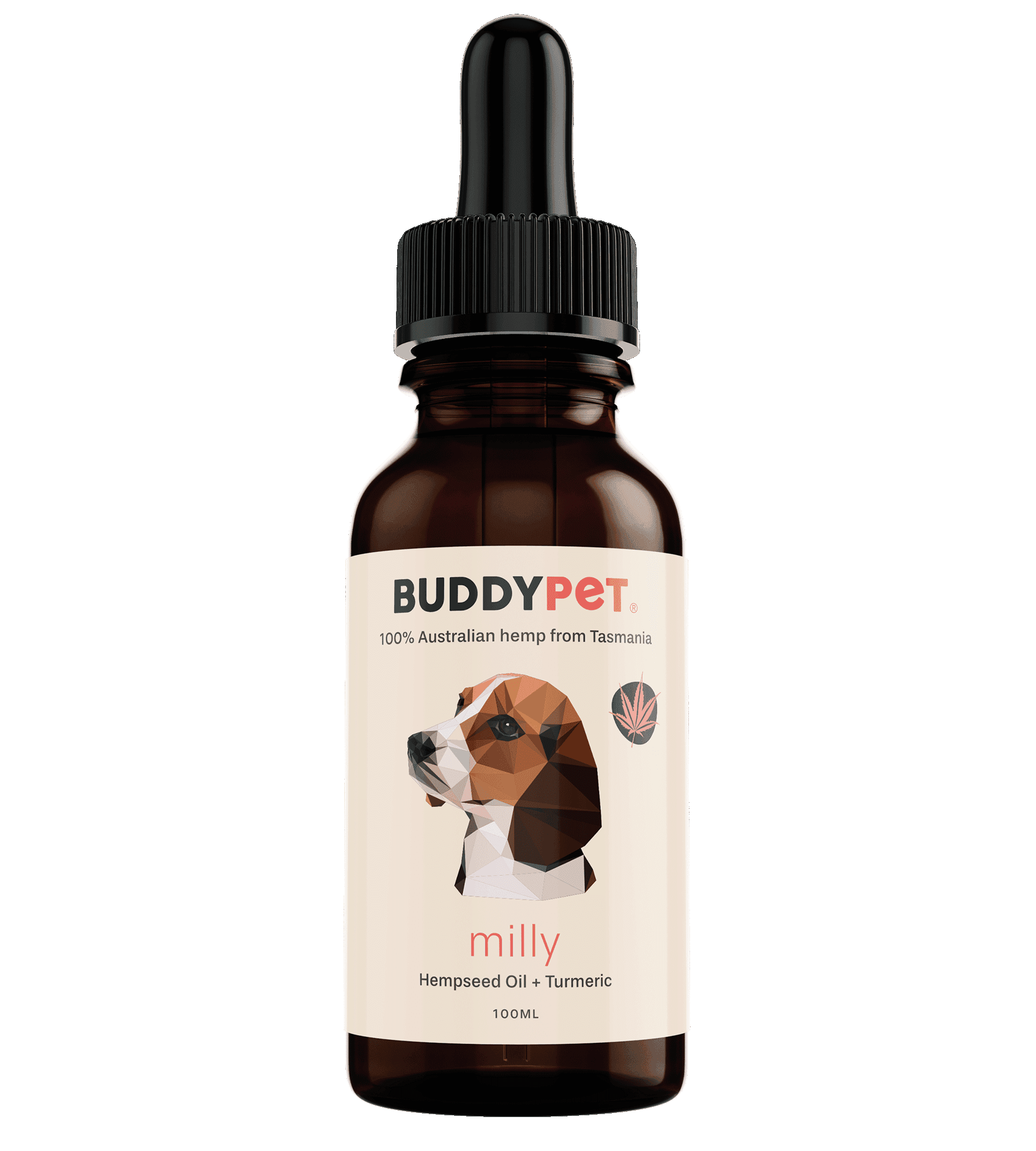What is Hip Dysplasia?
Hip dysplasia is a skeletal condition where the ball-and-socket joint that connects the animal’s thigh bone and hip is malformed or misaligned. The “ball” is the femoral head, or knobby end of the thigh bone, while the “socket” is a cup-shaped formation, part of the pelvic bone called the acetabulum.
Normally, the femoral head sits snug in the acetabulum with enough space to move back and forth and partial rotations for typical movements. In pets with hip dysplasia, the femoral head is loose in the acetabulum and poorly aligned, causing the bones to knock, grind, and wear against each other.
Although hip dysplasia can occur in most animals with such a ball-and-socket joint, it is more common in dogs than other household pets.
Signs and Symptoms
Due to the internal nature of this condition, your dog’s hip dysplasia may already be quite developed by the time their symptoms are noticeable. When you add in the tendency for some pets to hide their injuries, your furry friend needs to see their veterinarian as soon as you suspect something is wrong.
Symptoms of hip dysplasia can include:
- Stiffness or limping
- Reluctance to rise, walk, jump or run
- Decreased range of motion
- Loss of interest in physical activity
- Lameness in the hind end
- Strange gait such as swaying, lagging, or “bunny hopping”
- Muscle wastage
- General pain and discomfort
- Enlargement of shoulder muscles as they compensate for the hind end
What Causes Hip Dysplasia?
Genetics
Hip dysplasia is a hereditary condition, and it is most prevalent in large breed dogs. Factors such as growth rate, size, and overall genetic predisposition can greatly attribute to the development of hip dysplasia. Bilateral hip dysplasia is more common than unilateral. When breeding, genetic selection of dogs with neither predisposition nor symptoms is crucial.
Nutrition
Growing animals need a nutritionally balanced diet to help them develop properly. Animals who don’t receive enough nutrients or an imbalanced diet may suffer from poorly developed or weak joints. If your pet’s food promotes excess or fast growth, their joints could be strained or develop improperly due to the fast pace. Additionally, pets who intake too many calories may develop excess weight.
Joint Laxity
Largely regarded as the primary cause of hip dysplasia is joint laxity, where the head of the femur is not snugly fit into the acetabulum. This can result from injury to the round ligament (which connects the two bones), overloading the joint with excess weight, lack of muscle strength, or adductor forces on the legs.
Body Weight
As you can imagine, the greater the dog’s weight, the heavier the forces on the malformed or misaligned hip joint. Excess weight will put a lot of strain and pressure on the joints as they grind and wear against each other, causing more damage than the same issue on a lighter-weight animal. Studies show that pets on a restricted diet are significantly less likely to develop hip dysplasia than those who eat unrestricted.
Premature Neuter/Spay
Early sterilisation has been recommended for several years to reduce the chance of unplanned pregnancies and accidental breeding of pets and some health conditions. In recent times, however, there is evidence to show that removing the sex organs can lead to developmental issues related to orthopedic health. Research indicates that early sterilisation of large pets nearly doubles the risk of developing hip dysplasia.
Treating hip dysplasia
The best treatment for your pet’s hip dysplasia will depend on factors such as their age, overall physical condition, and the severity of the condition. With the help of your veterinarian and maybe even a specialist, the best course of treatment for your furry friend can be determined.
Conservative Therapy Options
Although these options cannot cure your pet’s hip dysplasia, they can help reduce clinical signs such as pain, lameness, and reluctance to move without surgery. This is typically achieved through a combination of joint supplements, pain medications, weight management, and physical therapy.
Some owners may want to try natural supplements to improve their pet’s mobility and comfort levels, especially in less severe cases or those featuring senior dogs. One such option, which has quickly gained popularity, and has many promising benefits, is the hemp plant.
A growing body of evidence supports the use of hemp (CBD) oil for pain management. Extracted from the flowers and leaves of the hemp plant, hemp CBD oil helps modulate analgesic effects, with chronic pain being the most widely cited condition.
Pain management is a key component of treating hip dysplasia, so prescription medications such as non-steroidal anti-inflammatory drugs and opioids are common. Hemp (CBD) oil, however, can effectively reduce pain without any significant side effects.
Additionally, hemp CBD oil is believed to enhance the effect of some prescription drugs, so it may be possible to reduce your dog’s dose of other medications without an increase in pain or discomfort.
For more information about hemp CBD oil, please read our Ultimate Guide to CBD Oil for Pets: Health Benefits.
Another derivative of the hemp plant is hemp seed oil. Extracted from only the seeds of the plant, hemp seed oil is a natural anti-inflammatory agent. The almighty duo of the anti-inflammatory Omega-3 fatty acid and GLA in hemp seed oil helps fight the inflammation in the affected joints, helping to reduce swelling and pain. For more information about hemp seed oil health benefits, please read Hemp Seed Oil Benefits.
At BUDDYPET, we recommend Milly to support dogs struggling with inflammation in the joints.
Surgical Options
Surgical treatment options are often chosen for dogs with severe hip dysplasia or those that find no relief in other treatments. Due to their invasive nature and an intense healing period after surgery, they are not usually the first treatment suggested. The two surgeries detailed below are ideal as they allow for a more normal movement and lifestyle.
Animals under one year of age who show no signs of degenerative joint disease may be good candidates for a triple pelvic osteotomy (TPO), which eliminates pain and lameness while allowing the animal to keep their hip joint. The procedure works by making minor cuts into the hip bone and rotating it over the femoral joint to provide better traction and reduce joint laxity.
The option typically used on animals over one year of age, even those with osteoarthritis, is a total hip replacement (THR). Similar to the procedure in humans, a total hip replacement will eliminate pain and lameness with the help of a biomechanically engineered prosthetic joint. This is a specialist surgery that allows pets to return to their typical activity levels.
For more insights on how to support your pet's joints, read our Hip and Joint Care article.
Have a question about hip dysplasia? Contact us today!
Photo by Viktoria B. from Pexels




